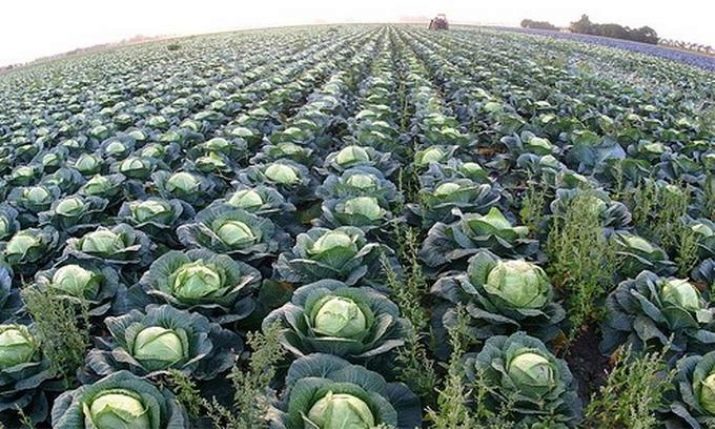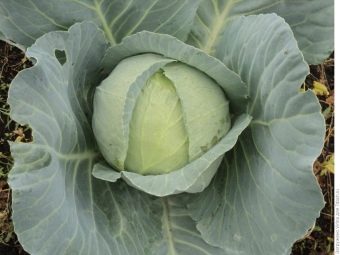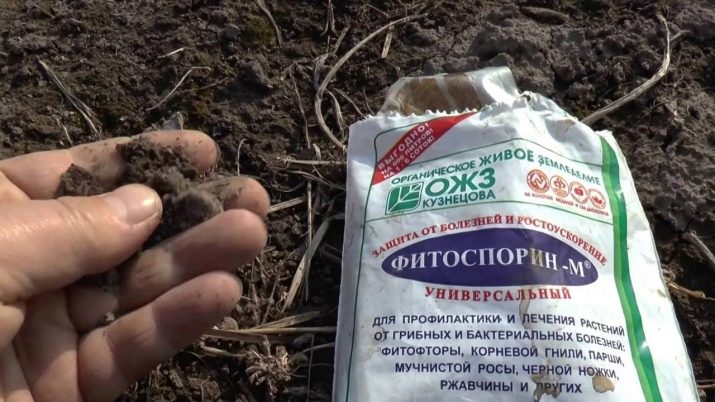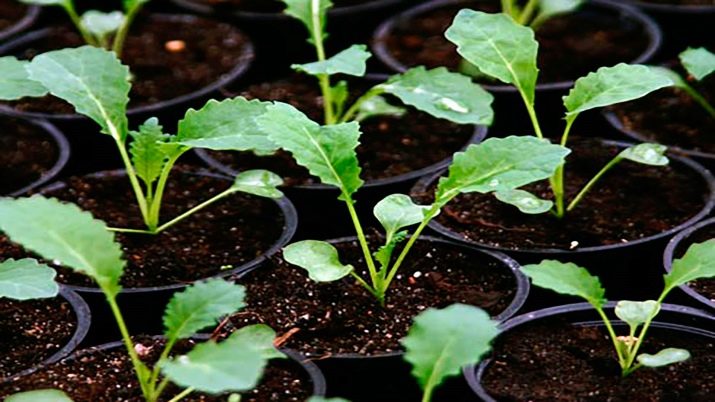Characteristic variety of cabbage "Amager"
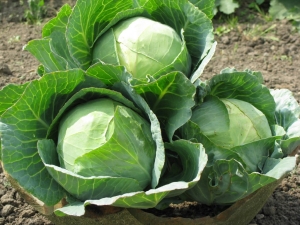
People who are fortunate enough to have your garden plot can only be envied, because they can delight themselves and their loved ones with products grown with their own hands with love and care. Perhaps no summer resident (even a beginner amateur) can not do without planting cabbage on the site, as this vegetable is very tasty, healthy and unpretentious. The article focuses on the variety of cabbage "Amager".
Story
This type of cabbage appeared in Russia many decades ago. In the 40s of the 20th century, under the name “Amager 611”, it was successfully grown in the vast territories of the Soviet Union. This crop showed the best yield in the southern regions and republics.
Over time, cabbage, which was grown in hot climates, acquired additional varietal properties. She has increased drought tolerance. Culture better tolerated high daytime temperatures. At the same time, the remaining characteristics of the variety remained unchanged.
It was decided to allocate another subspecies for growing in a hot climate. This view was left the name "Amager", but the numbers from the name of the culture was removed.
At the moment, Amager 611 seeds are mainly sold in our country. But in the territories of the former southern Soviet republics more resistant to drought-like species - cabbage "Amager".
Variety description
“Amager” is a white cabbage. This variety is well tested by time. He still receives positive feedback from gardeners and farmers.
Consider in detail the characteristics of cabbage "Amager".
- Culture has a late maturation. Heads are fully compacted and ready to harvest in 150-170 days after germination.
- Rosette this cabbage semi spreading. Leafy plates are gray-green. The leaves are very wide, have a semi-concave shape, at the edges of each leaf plate there are characteristic barely noticeable teeth. The leaves are raised high above the ground and rarely rot.
- Heads, as a rule, are large and very dense. By weight, they reach 2.5-4 kg (on average). The shape of the plug is rounded flat, occasionally just round.
- The variety has a high yield of up to 6 kg per 1 sq. M of plantings. When grown on an industrial scale, the average yield is 60-65 tons per 1 ha.
Benefits
The following features and properties can be distinguished as positive differences of this type of cabbage.
- Fruits perfectly tolerate long storage (up to the spring months). Moreover, the longer the cabbage lays, the better its taste qualities become. The expert assessment of the taste properties of the head after 2-3 months of storage exceeds by one point the assessment that was given during the tasting of the fruit immediately after harvest.
- Fruits have good frost resistance. This allows you to harvest without losing quality even after the first small autumn frosts. Heads of cabbage can withstand a decrease in temperature to -3 ° C.
- Also resistant to low temperatures are seeds and seedlings of this culture. Permissible their landing in the ground before the frost, which in many regions often occur during the late spring.
- The variety has a rather high and stable yield, which is especially attractive for farmers.
- Forks are not subject to cracking.
disadvantages
We can distinguish the following.
- A rather serious disadvantage of this culture is a high probability of getting fusarium (black rot). To protect against this scourge, additional agrotechnical measures should be applied, up to chemical treatment.
- The variety "Amager 611" (predecessor of "Amager") does not tolerate long-term interruptions in irrigation. When drought culture stops in growth at any stage of development.
- The fruits are not quite suitable for pickling and pickling in the first months after harvest. Their leaves during this period are still harsh. For these purposes, it is better to use forks 2-3 months after cutting.
Growing rules
In general, the characteristics of planting / care for this type of cabbage are the same for both subspecies of the variety. The only difference is that “Amager 611”, which is popular and widespread on the territory of our country, is more exacting on the regularity of irrigation.
Cabbage of this variety can be grown as a seedling method, and sowing seeds directly into the ground. In the northern regions, where the warm season is significantly shorter, the best option is a seedling method.
Landing
Boarding tips are as follows.
- To avoid damage to plant seedlings by diseases (including Fusarium), before planting the seeds, it is recommended to soak in a solution of Fitosporin for about 12 hours.
- It is desirable to decontaminate the soil with the same preparation. This is done with the help of soil irrigation a day before planting seeds. This applies to open ground and soil in planting containers or boxes.
- Seeds should be planted no later than mid-April. Optimum for the development of seedlings is a temperature not lower than + 20 ° C. Usually, under favorable conditions, the first shoots can be observed already on the third or fifth day.
- It is better to keep containers with shoots in a cooler place, where the temperature will be 11-15 degrees. The fact is that at high temperatures, seedlings can begin to stretch out strongly, which makes it harder to transfer the transplant.
- After the appearance of the second pair of leaves, the grown seedlings can be planted in open ground. It is permissible to do even at the very beginning of May, without fear of frost.
- Transplantation of plants is carried out in a greenhouse or a prepared greenhouse. Sprouts need to deepen to the first cotyledon leaves. After planting the cabbage should again be watered with a solution of Fitosporin.
- Transplantation to a permanent place is made closer to the end of May. If the weather is unstable, you can postpone it until the beginning of June. Between plants must observe a distance of at least half a meter.
- It is advisable to fill the soil in the root zone with stove ash or tobacco ash. These substances will fertilize the soil well, and at the same time serve as prevention from many pests.
Alternative and less troublesome is the method of planting seeds immediately into the ground. It can be produced in a greenhouse or greenhouse in late April - early May.
After the installation of warm weather (approximately in the first days of June), the grown-up seedlings can be landed on a permanent place.
Rules care culture.
It is important to know the following.
- Amager loves regular watering. It should be performed early in the morning or in the evening. This type of cabbage is enough two irrigations per week (on average). However, the specific frequency and intensity of soil irrigation should be determined on the basis of specific weather conditions and soil characteristics.
- It is recommended to reduce watering during the period of full heading. Approximately 30 days before the intended collection of forks, you should completely stop watering the plants.
- Due to the fact that the leaves of this cabbage are raised above the soil, the plants need periodic hilling.
- It is also desirable to regularly carry out weeding and loosening the root zone of the soil.
Tips and Tricks
Let's get acquainted with some tricks and useful recommendations, which concern planting and cultivation of cabbage "Amager".
- To maintain soil moisture and reduce the amount of watering, you can lay a mulch layer on the ground. It significantly reduce weathering and evaporation of water. Watering can be reduced to 1 time in 7 days.
- When watering, it is advisable to avoid dropping on cabbage leaves. In the case of direct sunlight, the leaf plates are likely to be burned and damaged.
- To improve the development process is to make nitrogenous fertilizers 2-3 times a month. Ammonium nitrate, mullein, and potassium humate are suitable as feed for this culture.
- In August it is better to use nitrofox for top dressing.
- Watering seedlings / mature plants is desirable to carry out with warm water.Cold liquid weakens the roots, and also significantly inhibits the growth and development of culture at any stage.
- Good neighbors in the garden for cabbage are mint, wormwood, cilantro. These fragrant grasses growing nearby will be scared away from the culture of pests and parasites: the cabbage butterfly, the cruciferous flea, slugs.
Fruit storage
Harvesting is carried out in September-October (after the full formation and maturation of the heads). During this period, cabbage leaves become coarse. According to reviews, in the first month after harvest, the fruits may give off a slight bitterness.
Forks that have been stored for more than a month. completely lose this unpleasant taste.
- When stored in a cool dry place, the crop usually resists rotting and mildew well.
- If storage will be made in the cellar, it is worthwhile to take care that it does not freeze during the winter months.
- Before laying for long-term storage, all cabbage heads should be well inspected for areas with signs of rotting.
When they are found, the affected areas of the fruit must be removed and the forks thoroughly dried.
You will learn more about the secrets of a rich harvest of cabbage.

